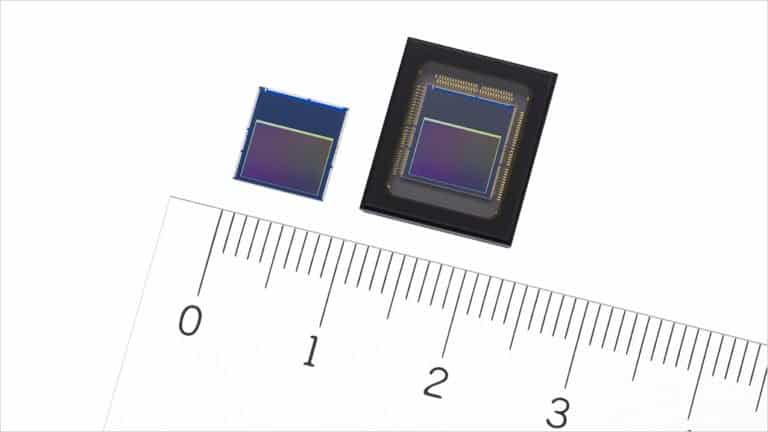Sony introduces its Intelligent Vision Sensor. A camera sensor with its own AI engine and memory that allows image analysis to be performed on the chip itself.
The Sony IMX500 is a 12.3-megapixel sensor of the 1/2.3 type. It is a stacked sensor in which the light-sensitive layer is mounted on top of the image processing chip. The bottom layer contains an image signal processor (ISP) for processing and a digital sensor processor for image interpretation. The chip also has its own memory for the AI model.

Image analysis
With regular image analysis in the cloud, all image data must first be uploaded in order to extract the relevant metadata from those images. According to Sony, the Intelligent Vision Sensor can be used as a chip for image analysis that does not require a powerful processor or external memory. The sensor sends the data either as an image or only as metadata, which saves a lot of bandwidth. According to Sony, the new sensor is also better for privacy since images do not need to be stored or sent.
The sensor is intended for IoT equipment, security cameras and industrial applications. Users can program the AI models into the memory as required depending on the conditions at the system location. This could be useful for retail. A camera placed at the entrance of the store could count the number of customers entering the store, while a different camera could monitor when products are running out of stock. Currently, it is unknown whether Sony also plans to use these chips in smartphones. The sensor shoots images at 60 fps in full-frame, 4K in 60 fps and 1080p in 240 fps for video.
Sony launches two versions, a separate sensor and a complete package called IMX501. The separate chip is already available and costs 10.000 yen (85 euros), and the IMX501 will be available from June and costs 20.000 yen (170 euros).
